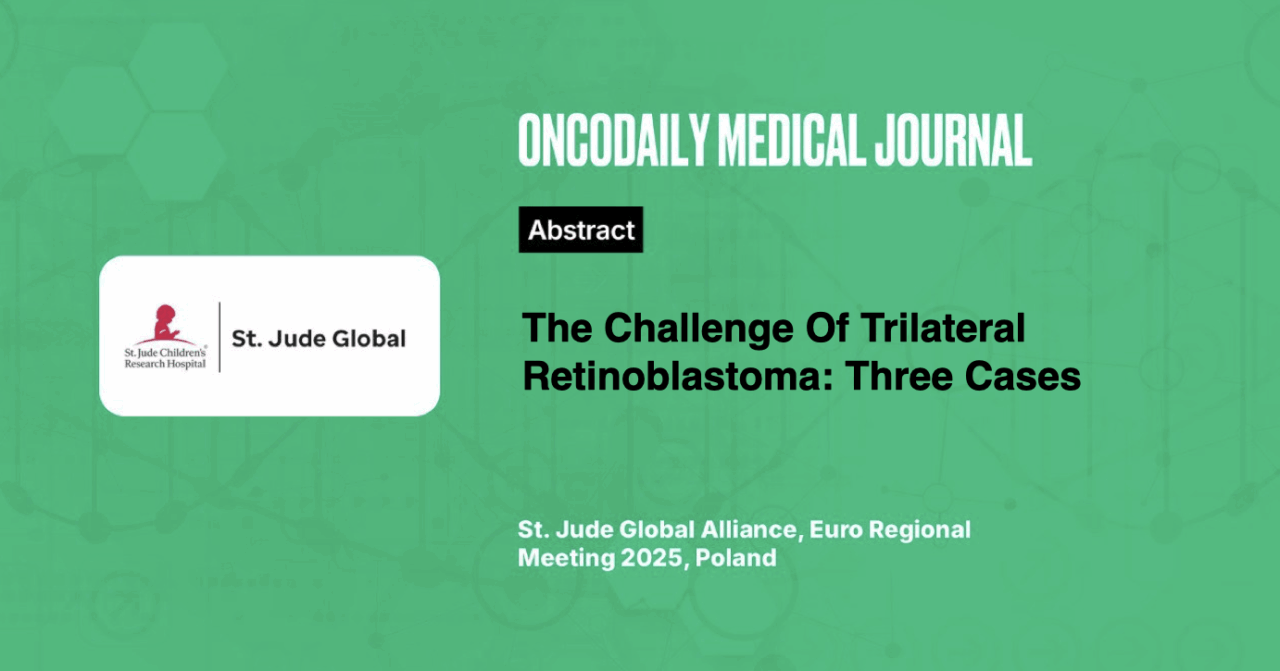The Challenge Of Trilateral Retinoblastoma: Three Cases
Abstract
Introduction: Although retinoblastoma (Rb) is the most common malignant ocular tumor in children, it only represents 3% of malignant neoplasms in children aged 0-14 years. Trilateral presentation is exceptional (0.6%-12.7%) and is a syndromic condition affecting Rb patients (p) carrying germline RB1 gene mutations, which may lead to the development of a malignant midline primitive neuroectodermal tumor. Prognosis is significantly worse than in bilateral or unilateral Rb, with survival rates below 50%.
Methodology: Review of clinical records from patients with trilateral Rb (TRb) diagnosed in our Rb reference unit.
Results: From January 1974 to December 2024, three patients with TRb were diagnosed out of 133 new Rb cases (2.2% incidence). The first patient, a 9-month-old male, presented with concurrent TRb (right eye: stage E, left eye: stage E) and a pineal gland lesion (4×3 mm). He underwent systemic and intra- arterial chemotherapy (CT), focal therapies, and ultimately right eye enucleation, achieving complete remission after 12 years. The second patient, a 2-month-old baby girl with familial bilateral Rb (right eye: E, left eye: A), initially underwent right eye enucleation and focal therapy on the left eye.
At 15 months of age, she developed metachronous TRb, presenting with pinealoblastoma (23x13x11 mm) with spinal extension (CSF and spinal MRI positive). She received surgery, systemic CT (ARET0321), and intrathecal CT but experienced disease recurrence and passed away 32 months after diagnosis. The third patient, a 16-month-old girl, presented with concurrent TRb (right eye: C, left eye: E) and a suprasellar region lesion (8.5x8x14 mm) but no neurological symptoms. An extension study (bone marrow, CSF, spinal MRI, and bone scan) was negative.
She is currently completing systemic CT (ARET0321) prior to consolidation with high-dose CT and autologous HSCT and remains alive three months after diagnosis with a very good partial tumor response.
Conclusion: Unlike unilateral or bilateral Rb, the prognosis for patients with TRb remains poor. Early diagnosis and treatment with intensive CT, high-dose CT, and autologous HSCT combined with radiotherapy may contribute to improving prognosis. International collaborative studies and new therapeutic approaches are required to enhance survival outcomes.





